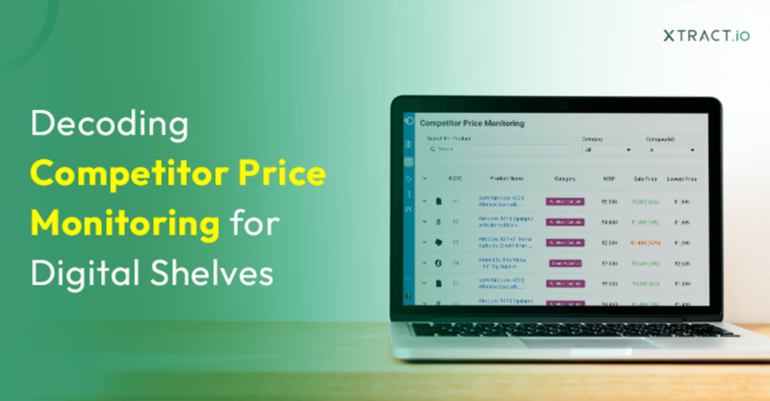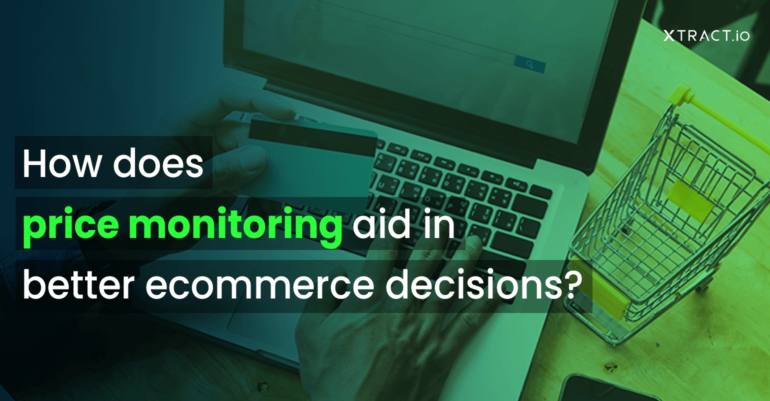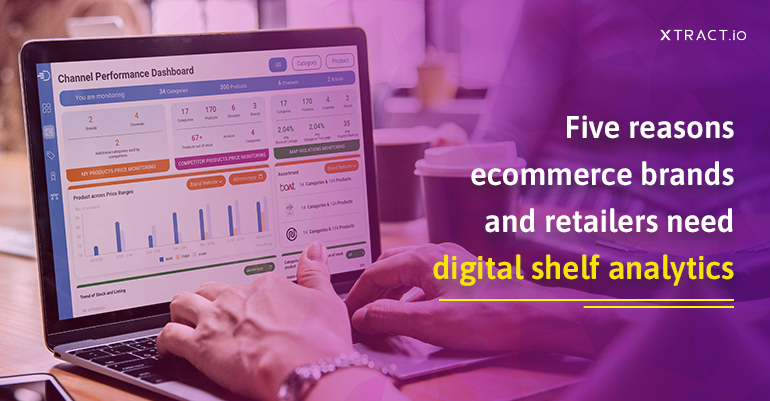Coffee is just coffee.
Then, why do I end up paying a premium at Starbucks when I could quickly make a cup of coffee in the comfort of my home without splurging my money in some fancy coffee place.
The truth is no one calculates spending in that manner.
You don’t spend those few dollars for just raw coffee beans to be extracted and poured to you in a large coffee mug. It is the caffeine breeze that hits you when you walk into the door, the energetic employees, the personalization touch to everything they serve.
Starbucks ‘ pricing strategies is carefully calculated based on the target market, ensuring its reasonably below the luxury threshold and is good enough to bring in profitable returns without diminishing the volume sales.
Consumers will not see your pricing as daylight robbery if they find enough value in it. The concept of pricing is both art and science. You need the perfect potion of skills and knowledge to brew pricing intelligence the Starbucks way.
This is just an instance of how Starbucks is combatant with its pricing strategies. For an online retailer like you, the spirit should be the same, but the strategies would slightly vary.
Let’s quickly dive into some concepts of pricing intelligence and why your business absolutely needs one.
What is pricing intelligence?
According to Wikipedia, Price Intelligence (or Competitive Price Monitoring) refers to the awareness of market-level pricing intricacies and the impact on business, typically using modern data mining techniques. It is differentiated from other pricing models by the extent and accuracy of the competitive pricing analysis.
5 Reasons you need a pricing strategy
1. Boost your sales
The core motive behind any business is to earn huge revenues and the factor that is most critical to this is how you price your product.
Compare and analyze the prices, offers, deals and discounts of your competitors and make a pricing decision that is most appealing to your customers.
Pricing should be such that you are able to increase the sales and at the same time it should reflect the dynamics of cost, market demand, response to the competition, and profit objectives. The best way to develop good pricing is to combine the strategies of your competitors, that is, benchmarking.
Group your products by categories or brands and research your competitor’s pricing strategies. Both instances, that are charging higher prices/lower prices will lead to losing customers. Strike a balance and adopt intelligent pricing.
Measuring your competitor’s price performance can be helpful in understanding how you need to price your product. This can give you great insight into the pricing of your product and how to make it more competitive.
2. Improve product search performance
As we all agree, apart from content and page optimization, keyword identification, and navigation optimization the price of a product can play a major role in gaining visibility in the search results.
One of the biggest factors marketplaces like Amazon considers to determine the predicted conversion rate is pricing – they know that customers tend to seek the best deals.
Amazon uses pricing as a major factor in picking which product to show in the buy box, which is the part of the page containing the Add to Cart button.
Although, let’s not forget that pricing alone cannot determine if the product will be purchased – customers are rational and they consider other aspects like reviews and ratings, quality, the value derived, and more.
3. Improve your AOV (Average order value)
Increase your order size through intelligent pricing strategies:
Free shipping threshold
People are drawn towards free shipping. Try to include your free shipping offer with a price threshold on the home page – navigation area or header. This really helps in improving the chances of bulking up the order size.
Limited period offer
Shoppers tend to mull over purchase decisions if you simply give them offers. To increase purchases, you must add the element of “Offer expiry” to your pricing strategy to create an urge and impulsive buying.
Volume discounts
Offering discounts on bulk purchases increase the order value. Customers feel more satisfied as it gives them a sense of buying more products at a lesser price.
Although, you have to figure out the right discount value that wouldn’t throttle your profit margins.
4. Avoid shopping cart abandonment
The average rate at which the average consumer abandons their shopping cart before making a purchase is 81 %.
There are a lot of reasons behind abandoning a purchase in the last moment of transaction.
But, let us pin our focus on the pricing front.
The price of the product that is displayed on the screen is not the definite and actual price that the consumer ultimately pays at the time of the transaction. While the price cannot be inclusive of the shipping and other miscellaneous charges, making these policies transparent in the purchasing process can potentially decrease abandonment rates.
Consider a price adjustment to merchandise in order to offer flat-rate shipping. Remember that customers like to know that, apart from taxes they do not want to be surprised with shipping costs. Free standard shipping is a powerful closing tool.
If you opt to offer flat-rate or free shipping, be transparent about the shipping method.
5. Improve customer satisfaction
Why is your favorite online store your favorite?
Isn’t it because it makes you feel happy in the heart and light in the wallet? Customer satisfaction can be closely linked to the repetitive purchases they make from you and how pricing has also contributed to the same.
Giving the best deals, offers, discounts and notifying your customers time and again about the price slashes really impresses the customers that would keep them satisfied.
What you need to think before choosing a pricing intelligence software?
- Before choosing the vendor, have a clarity on the size of the inventory or the number of products for which you would want to monitor the prices for
- How often do you want to be notified about your competitor price changes? Frequency of monitor – Real-time/daily/weekly reports should be decided
- If the price monitoring is for just the one product you are selling or whether prices of other products that could be purchased along needs to be monitored as well?
- If you have any specific suggestions as to a list of competitors that need to be monitored or a generic research-based price monitoring of your competitors
- If all that you need is only a price comparison report or custom reports to derive insights for decision making that gives pricing recommendations
- Of all, consider the cost of the tool and if it is within your affordability
I hope we inspired you to go on a pricing adventure for the best business results. If we did, then take your first step towards it with a free consultation wherein we help you with an analysis of your current pricing strategies and share insights on how to improve it.







